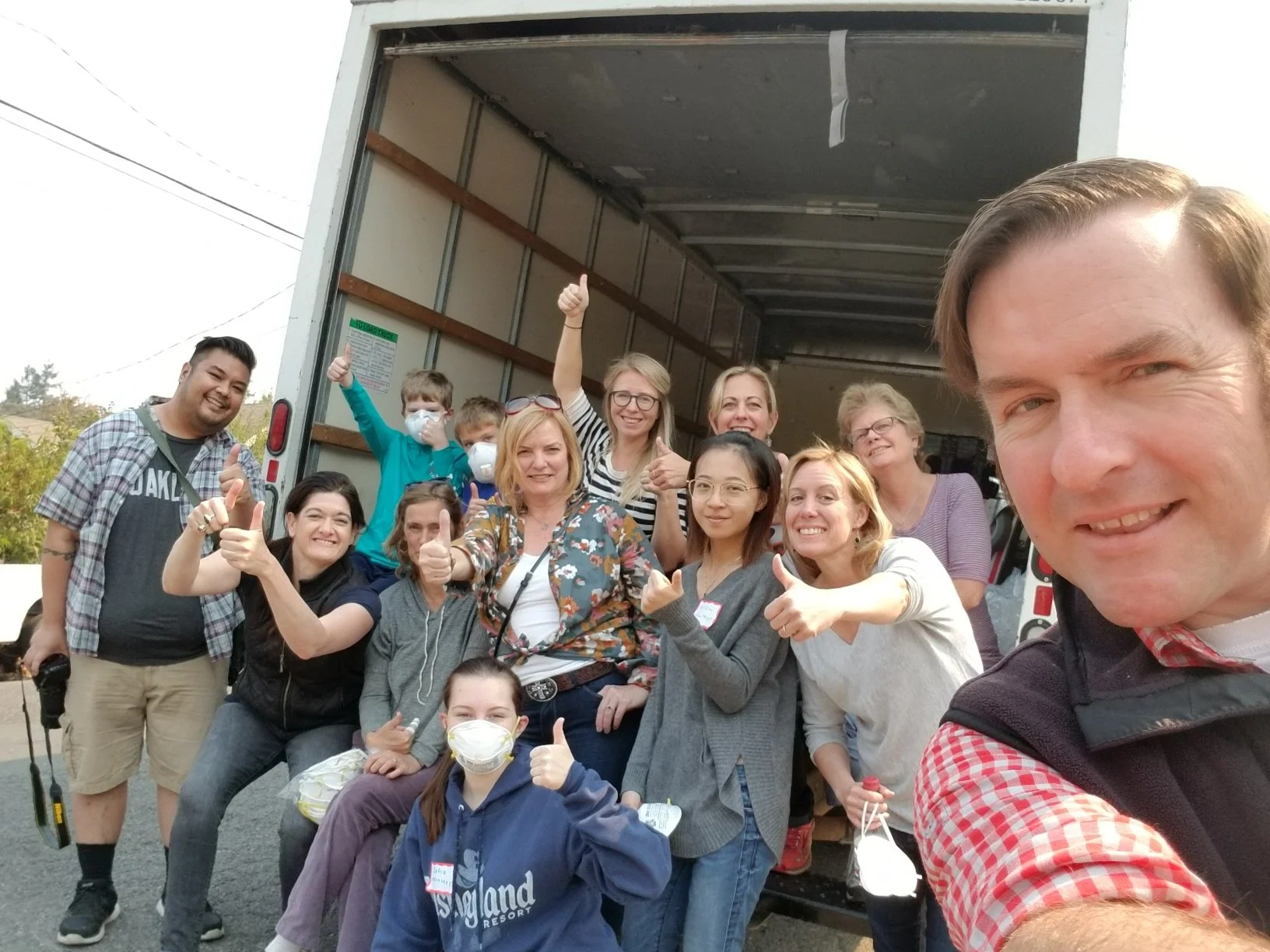Domaine Carneros is a well known sparkling wine Estate, has this shaped any part of the still Pinot Noir program?My tutelage while working with Eileen Crane at a sparkling wine property has been instrumental in the development of our still wine production. With that said, Domaine Carneros has four estate ranches and 300 acres are planted exclusively for still Pinot Noir production- and that always has been the case. The Pinot Noir program was not born out of sparkling, but rather conceived due to the potential of the vineyard site from the very beginning.
Why were you drawn to Carneros to make Pinot Noir? Carneros speaks to my mission in winemaking; it has immense potential, but needs a winemaker to help coax it out. The Carneros climate is ideal for Pinot Noir grape growing. The long, moderately cool growing season tempered by the maritime breezes and lingering fog of the San Pablo Bay provides optimum conditions for slow, even ripening in Pinot Noir. But beyond the physical reasons, Carneros has never really provoked the fanaticism that other regions have. I’m excited by that. I want people to taste the Domaine Carneros Pinot Noir and say “these wines just keep getting better and better.” I believe that the things I’ve learned- the lessons, the trials, the experiments, the crazy leaps of faith- they are all part of learning what Carneros wants to do.
What is it about Pinot Noir for you? Making Pinot Noir is hard; you have to get everything right. It takes a lot of patience and experimentation before you know you are even getting 50% right. I’ve been trying for 15 years. But what I love about it, is to do it right you have to spend the time in the vineyards, you have to get out of the truck. Pinot requires a winemaker to be devoted to working with the land, the climate, the people, it requires someone with patience, and someone that is truly excited about what can be produced. Winemakers move around, they chase hot spots, hot varietals, but I can’t imagine not making Pinot Noir.
Would you consider Domaine Carneros Pinot Noir a New World or Old World style? To be honest, I'm tired of the critic's preconceived "darling" Pinot regions and their need to categorize different styles of Pinot Noir making. I don't feel that California Pinot Noir should be justified by its likeness to Burgundy. My time spent in the northern Rhone taught me a lot about how different CA is to France, and why people can’t compare the two in the same way. While working in the Rhone my biggest challenge was how to balance the immense amount of natural acid. You find yourself adding sugar. While in California, as a winemaker you often add tartaric acid, because the grapes’ natural acidity is so low. So, to answer your question, I consider Domaine Carernos Pinot Noir to be in the Carneros style.
What elements of the Domaine Carneros Estate add to the uniqueness of your Pinot Noir? The clonal diversity on the Estate offers a palate of flavor, texture, complexity and aromatics with which to work with while blending. Take for instance a well-known and loved Pinot region like the Russian River Valley, predominantly only two different clones are used there: 667 & 777. In Carneros over 15 different clones are planted on the Domaine Carneros Estate. Also, the history of organic and sustainable farming at Domaine Carneros has resulted in exceptionally healthy vines. 100% of all Estate vineyards at Domaine Carneros have been certified organic by the CCOF. Our vineyard manager, Roberto Gonzales, has managed the vineyards at Domaine Carneros for 23 years. He knows the vineyards better than anyone in the company and is a constant resource to me.
You mentioned earlier that experimentation and crazy leaps of faith are helping you learn what Carneros is capable of. Are you willing to share any of your discoveries? I love to whole cluster press- it adds an exotic spiciness that I think Pinot Noir benefits from and needs. However, the stems in Carneros don’t get ripe enough to add all the most desirable characteristics of whole cluster pressing. So I experimented with de-stemming each cluster and I allowed the stems to sun ripen separately. Each day I soaked the stems and tasted their readiness, and then added them back in. I was once told experiments like these make up the difference between a man who is just making Pinot and man who is obsessed with the Pinot he is making.

TJ Evans in the hot chair

















